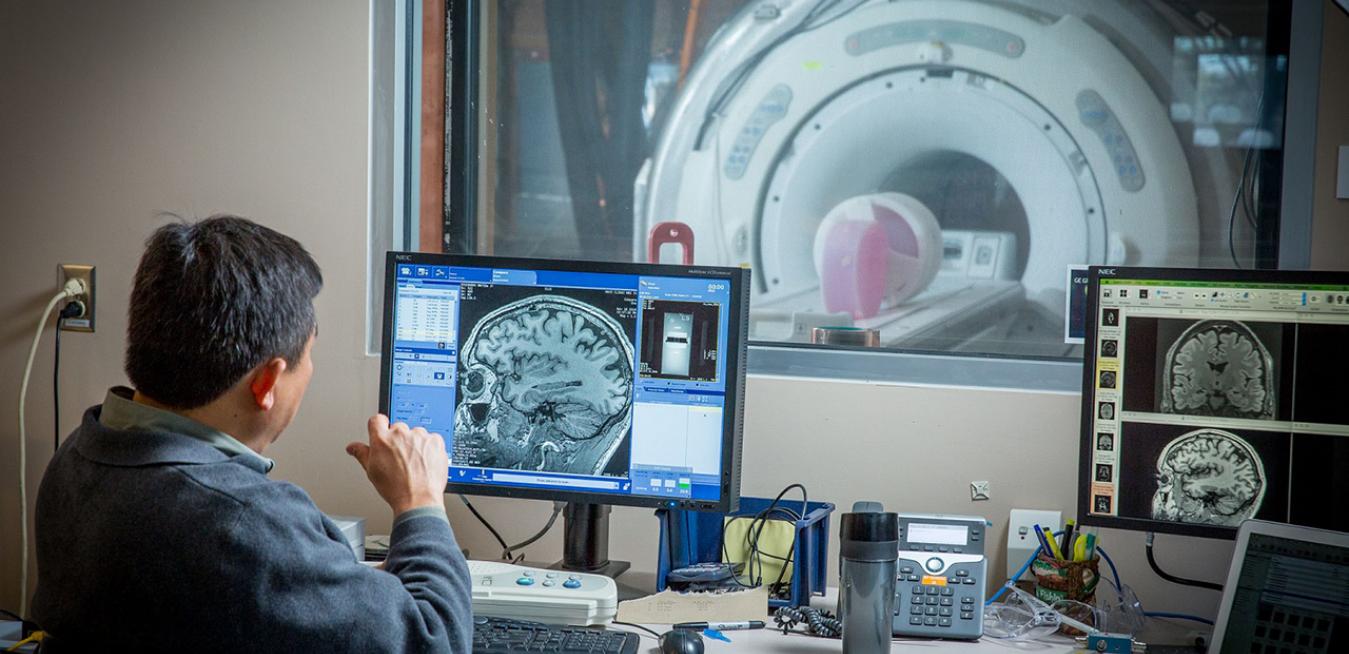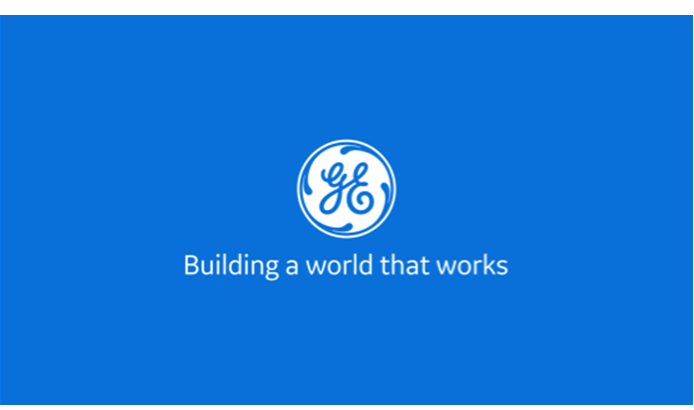MAGNETIC FIELD OF DREAMS
A discovery made in the coldest cold more than a century ago is heating up GE’s wind turbine research. In 1911, Dutch physicist Heike Kamerlingh Onnes found that electrons, which usually lose energy as they careen around an electrical conductor, met no resistance in a mercury wire cooled near absolute zero — the lowest possible temperature of minus 459.67 degrees Fahrenheit. That phenomenon, known as superconductivity, is influential in a host of applications such as speedy computer chips and magnetic resonance imaging (MRI). Now superconductivity may be paving the way to more efficient generators for powerful offshore wind turbines.
How cool is this: Backed by a $20.3 million contract from the Department of Energy, the GE researchers are looking for ways superconducting generators can help lower wind energy costs, simplify the turbine manufacturing supply chain and support the DOE’s goal of nearly tripling wind power’s share of U.S. energy production to 20% over the next decade.
Find out more here.
HEALING'S EDGE
Clinicians are turning to artificial intelligence (AI), including during the coronavirus pandemic, to process reams of clinical data in a short time and discover valuable insights. Advanced algorithms, for example, can help speed the diagnosis and treatment of pneumothorax, cancer and COVID-19 complications. But in the hospital setting, AI can encounter unique challenges, including privacy regulations and standardization issues that may arise, say, when analyzing data from different MRI scanners. But there’s a solution, and it’s called edge computing.
The edge of today, and tomorrow: Putting computers at the “edge” means placing them as close as possible to patients and doctors, right at the point of care where exams and diagnoses take place. Last fall, GE Healthcare introduced its latest edge computing technology, Edison HealthLink, which can aggregate, analyze, display and share data from a network of clinical devices. And it gives users a way to connect to GE Healthcare’s powerful Edison intelligence platform, host to dozens of applications that allow clinicians to perform tasks like analyzing high-res brain scans and measuring a given patient’s aggregate radiation and iodine exposure. Keith Dreyer, chief data science officer at Boston’s Mass General Brigham, has been testing the Edison ecosystem and hopes it could help doctors predict whether COVID-19 patients will take a turn for the worse.
Learn more here.
GE Renewable Energy is harnessing lean management principles to overhaul how it maintains its network of onshore wind turbines.
— QUOTE OF THE DAY —
“You can stick with the same old permanent magnets, but that means bigger and bigger generators, blades and everything that goes along with that. At some point, you’ll be limited by size.”
— David Torrey, senior principal engineer at GE Research and project leader on the superconducting generator project
Quote: GE Reports. Images: GE Research, GE Healthcare.







